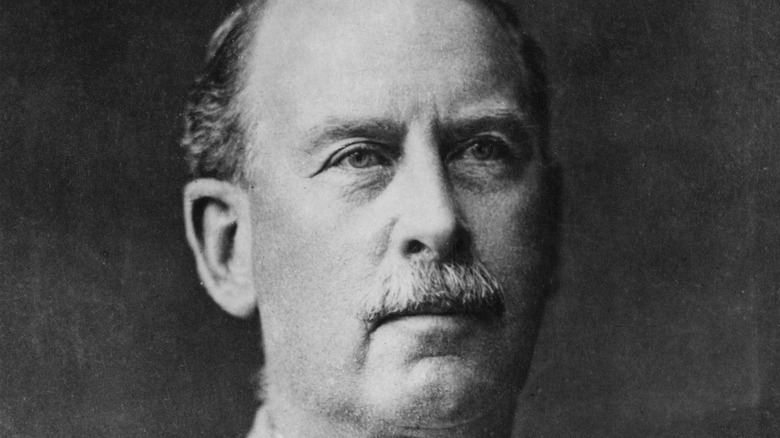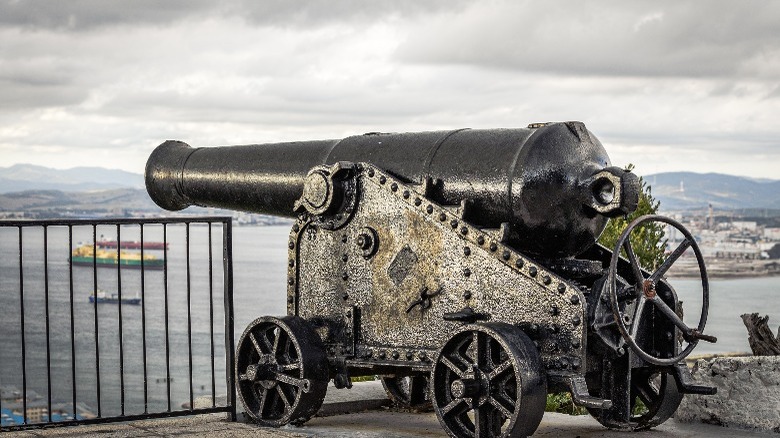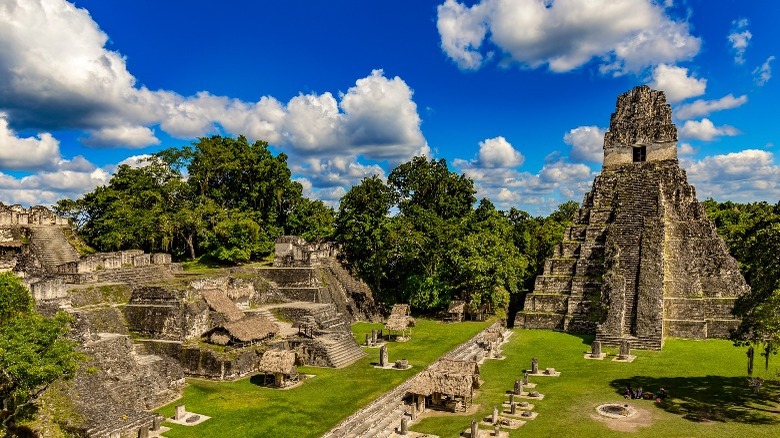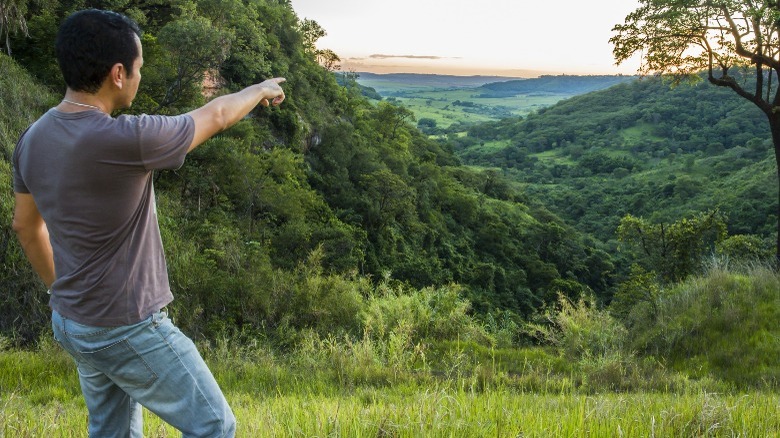The Mysterious 1925 Disappearance Of Percy Fawcett
History is filled with many stories of exploration and adventure. From the Vikings sailing for unknown shores to Galileo with his telescope discovering the universe, humans seem to forever be seeking out new and mysterious things. One thing that people almost always seem to be in search of is treasure. It is that search for lost riches that has created many an adventure — and even a few legendary explorers.
There are many great adventurers, but there is one whose name may not be as recognizable as Lewis and Clark or Ferdinand Magellann: Percy Fawcett. The explorer lived quite an adventurous life, which included expeditions to the wilds of the Amazon rainforest during the early 20th century (per History). And though he became famous the world over for his multiple trips to unexplored areas of Bolivia and Brazil, he became most well known for his theory regarding a lost city hidden deep in the Amazon. However, it was his disappearance in 1925 that became one of the most fascinating mysteries of modern times.
Fawcett's Early Life
Percy Fawcett was born in Torquay, Devon County, England, in 1867 (per Timeless Travels). His father was allegedly a bit of an outlandish man, with an affinity for drinking and an adventurous spirit. Fawcett probably inherited a similar quality from his father, which paved the way for the audacious life he would go on to live.
Fawcett's adventures actually may have begun somewhat against his will when he took a commission with the Royal Artillery in what is modern-day Sri Lanka. He eventually became a first lieutenant and later a colonel before also being stationed in Malta, Hong Kong, and Morocco (per Historic Mysteries). While there, he used his free time to explore the areas in and around where he was stationed. He also used his time in the military to become a member of the Royal Geographical Society in addition to becoming a trained surveyor. These skills would come in very handy later in his life.
Early Expeditions
In 1906, Percy Fawcett began his explorations of the Amazon rainforest (per Historic Mysteries). He made his first trip at the request of the Royal Geographical Society to explore and map the disputed border between Brazil and Bolivia (per Timeless Travels). In total, he made seven journeys to South America over the next 18 years. Six of those times, he returned to Europe with invaluable information that helped shed light on these unexplored regions.
According to Timeless Travels, Fawcett developed a reputation for being almost superhuman due to his reported resilience against diseases and the amount of stamina he possessed. He also was different from many other European explorers of the time because of his concern for the native people that he interacted with. Fawcett was able to form relationships with them, and this skill eventually played an important role in what would become his final expedition.
The Lost City of Z
As previously stated, during his trips to the Amazon, Percy Fawcett made contact with the native peoples on multiple occasions. According to History, it was these interactions that played a part in convincing him that it was more than possible that large groups of undiscovered people could live and thrive in the jungle. Fawcett also came across old reports from European explorers that mentioned various settlements in the Amazon, and one account really caught his attention.
Per History, a 1753 narrative from a Portuguese treasure hunter described a "stone jungle metropolis" that they said possessed "size and grandeur." After coming across this story, Fawcett began to develop his own theory about a lost city similar to Atlantis or El Dorado hidden deep in the Amazon, which he dubbed the city of "Z." In the early part of the 1920s, he set out on two separate expeditions to search for the city he believed existed, but both trips ended up being abandoned for various reasons, including bad weather and illness.
Disappearance
Despite the challenges he faced during the first two trips, Percy Fawcett was determined to continue his search. Though he had to work for years to get funding for a third journey, he did manage to do so and returned to South America in 1925 (per History). This expedition was also different because he brought along his 21-year-old son, Jack, to share in the adventure with him. They embarked on their journey in January and arrived in Brazil in April.
On April 20, 1925, Fawcett and his crew set off into the jungle in search of the City of Z (via History). They faced many dangers, including the heat, the wildlife, potentially hostile natives, and even just the mighty Amazon River itself. Fawcett braved these dangers head-on, having no fear of failure. Unfortunately, by 1927, it became abundantly clear that something was amiss — Percy Fawcett and his son had likely disappeared.
The Mystery Continues
According to History, Percy Fawcett had anticipated that communication would be difficult once they ventured into the jungle and warned of such problems. However, when nearly two years passed, and no one had heard a peep from Fawcett or his son, rumors began to swirl about what might have happened to them. Some said Fawcett had assimilated into the native culture, while others claimed he was being held prisoner. There were even some that said he became chief of a tribe of cannibals.
In 1928, the Royal Geographical Society sent a search party to look for Fawcett. The search proved fruitless, with the conclusion being that Fawcett and his son likely perished. However, they did not find any physical proof to completely support this theory. After the initial search, many others attempted to search the Amazon for Percy Fawcett. An estimated 100 people have died themselves while looking for the missing explorer (per History).
There are still many different theories about what happened to Percy Fawcett. Unfortunately, nearly a century later, the mystery still endures.





